What are MSDs?
Musculoskeletal disorders are illnesses that mainly affect the upper limbs of the body: tendons, muscles, joints and the lower back. These work-related disorders are recognized by Santé publique France, and represent a major cost for companies, both in terms of work stoppages and in terms of productivity and growth.
The symptoms are pain, loss of strength, clumsiness and stiffness in joints and muscles. If left undiagnosed, untreated and untreated, MSDs can have serious psychosocial and physicalconsequences for the employee's health, especially if they are too repetitive.
Most MSDs appear over the long term, depending on the individual's state of health. Occupational stress, tedious and repetitive tasks, night work, carrying heavy loads and concentration can all be triggers for these illnesses.
To remedy this problem, which affects 7 sectors of activity, there are preventive solutions that every company needs to put in place for the comfort and safety of its employees and the long-term future of its business.
MSDs in France: the figures
With the increase in the number of sick leave days due to MSDs, the French health insurance company has carried out a study on the areas of the body most affected by these diseases. We have 30% in the shoulders, 22% in the elbows, 38% in the hands, fingers and wrists, 2% in the knees and 7% in the lower back. These percentages show that 87% of occupational illnesses are linked to musculoskeletal disorders, including back pain, which accounts for 20% of workplace accidents. For some employees, MSDs are irreversible, as they can cause disabilities or serious after-effects that have a considerable impact on their professional and personal lives.
These alarming figures have a direct impact on companies: absenteeism, staff turnover, reorganization of workstations and schedules, loss of productivity, etc. In France, the cost of occupational accidents and diseases (AT/MP) is estimated at 2 billion euros.
7 sectors affected by MSDs
Musculoskeletal disorders mainly affect seven sectors of activity. Being aware of them and recognizing them in time will help you avoid endangering the lives of your employees and the future of your company.
|
Sectors of activity
|
Information/data
|
|
Transport and logistics
|
In the transport and logistics sector, the French health insurance system has recorded that 95% of recognized occupational illnesses are due to MSDs, and that 73 million euros in contributions are paid out by companies. This represents 860,000 working days lost due to sick leave. 70% of these are lost due to back pain.
|
|
Commerce
|
The retail sector also includes professions where the work is particularly arduous. 98% of recognized occupational illnesses in this sector are caused by RSI. This represents a cost of 113 million euros in contributions and over 1.5 million working days lost through sick leave. 40% of these are due to back pain.
|
|
Food industry
|
In this sector, 97% of occupational illnesses are also linked to MSD. This represents over 77 million euros in contributions paid by companies in the agri-food sector. Over 930,000 working days are lost due to sick leave.
|
|
Cleaning sector
|
The same applies to this sector, where 97% of occupational illnesses are linked to MSDs, with over 29 million euros in contributions and over 440,000 days of work stoppage, over 30% of which are due to back pain.
|
|
Construction and public works (BTP)
|
91% of occupational illnesses recognized in the building and civil engineering sector are linked to MSDs, which have a major financial and economic impact. 186 million euros in contributions are paid by companies in the sector in respect of these claims, and over 1.8 million working days are lost due to work stoppages by affected employees. Over 40% of these stoppages are related to back pain.
|
|
Personal assistance and care
|
The personal assistance and care sector also encompasses a range of professions in which back pain is a daily occurrence, such as work in nursing homes.
According to its data, 95% of occupational illnesses are due to MSDs. The economic impact is also significant, with over 160 million euros in contributions and more than 2.3 million working days lost due to work stoppages. Over 60% of these stoppages are linked to back disorders.
EPHADs account for 94% of occupational illnesses, with the highest absence rate (660,000 working days) and 46 million euros in contributions paid each year.
|
|
Metal industry
|
Finally, in this sector, 79% of recognized occupational illnesses are linked to MSDs. Of these, 92% mainly affect the upper limbs (shoulders, elbows, wrists, hands). 2.7 million working days are lost due to work stoppages.
Work-related accidents are also very common, with over 55% due to manual handling.
|
As these data show, the financial and economic impact is significant in these 7 sectors of activity. This is why the implementation of preventive measures is necessary, if not mandatory. The most efficient and cost-effective solution for significantly reducing these rates is professional floor mats.
Neosol offers a range of floor coverings to meet specific needs, so that we can provide solutions tailored to each sector of activity. To reduce the rate of RSI in companies, we suggest investing in anti-fatigue mats.
NEED ADVICE?
Contact Solène
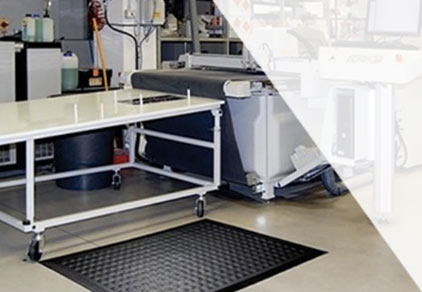
See also: Why choose floor mats for laboratories?
![Fire classification, UPEC and ISO 10874 standards Fire classification, UPEC and ISO 10874 standards]() Fire classification, UPEC and ISO 10874 standardsFire rating and quality standards should be one of the main criteria to consider before buying professional flooring. Find out why with NEOSOL.Read More
Fire classification, UPEC and ISO 10874 standardsFire rating and quality standards should be one of the main criteria to consider before buying professional flooring. Find out why with NEOSOL.Read More![Static electricity risks and solutions Static electricity risks and solutions]() Static electricity risks and solutionsHow dangerous is static electricity for employees? How do industries reduce the risks associated with electrostatic discharge?Read More
Static electricity risks and solutionsHow dangerous is static electricity for employees? How do industries reduce the risks associated with electrostatic discharge?Read More![Professional mats: how to care for them? Professional mats: how to care for them?]() Professional mats: how to care for them?Professional mat maintenance is essential to maintain the longevity of your mat and the safety of passers-by. NEOSOL, the flooring expert, reveals its different maintenance methods.Read More
Professional mats: how to care for them?Professional mat maintenance is essential to maintain the longevity of your mat and the safety of passers-by. NEOSOL, the flooring expert, reveals its different maintenance methods.Read More![Accessibility and ERP: how do I know if I'm in compliance? Accessibility and ERP: how do I know if I'm in compliance?]() Accessibility and ERP: how do I know if I'm in compliance?Accessibility must be a priority for every ERP. But you still need to know if you're in compliance. To help you, NeoSol, the professional flooring specialist, tells you more.Read More
Accessibility and ERP: how do I know if I'm in compliance?Accessibility must be a priority for every ERP. But you still need to know if you're in compliance. To help you, NeoSol, the professional flooring specialist, tells you more.Read More
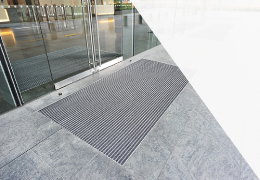



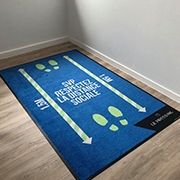

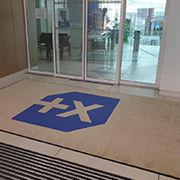
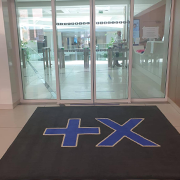

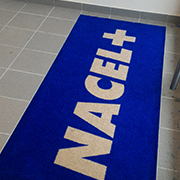




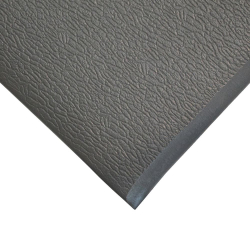
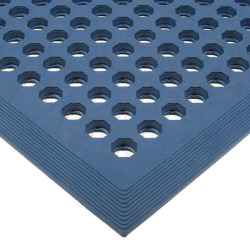
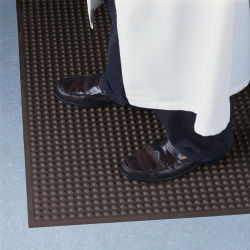
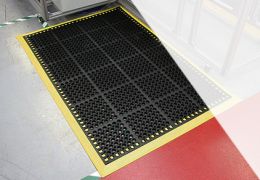


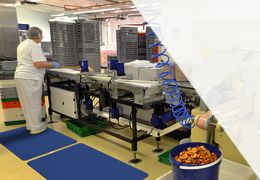
Leave a comment